The First
In this slideshow, we are going to look at 17 Amazing facts from World War II that you never thought possible, but they are all true! These are facts that boggle the mind and will take you by surprise!
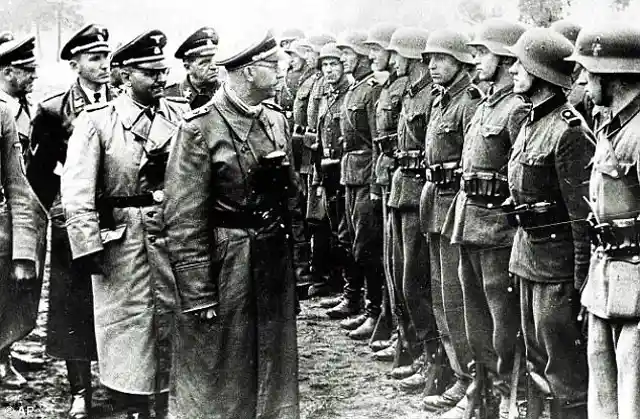
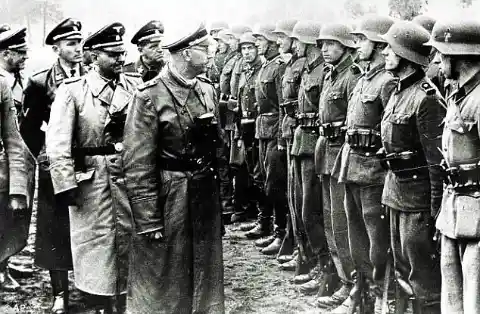
The first American military casualty in the European theater was Robert Moffat Lose. He died in Norway on April 21st, 1940 in a German bombing raid while he tried to evacuate the American diplomatic legation from Norway to neutral Sweden.
The Highest Ranking
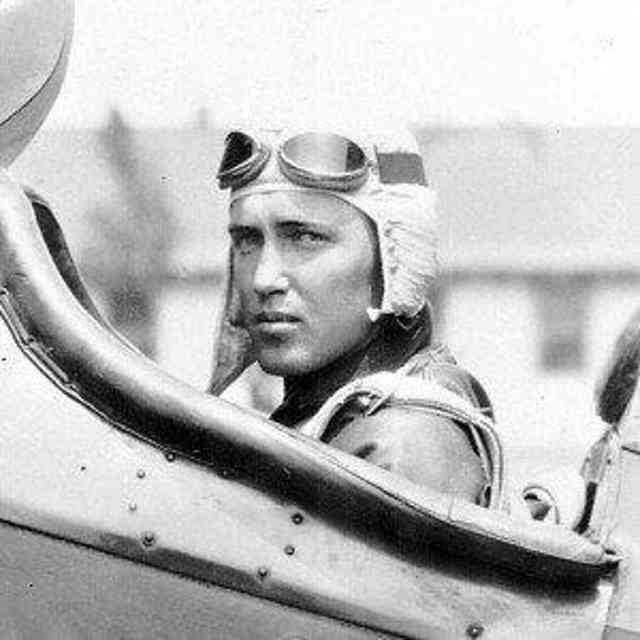
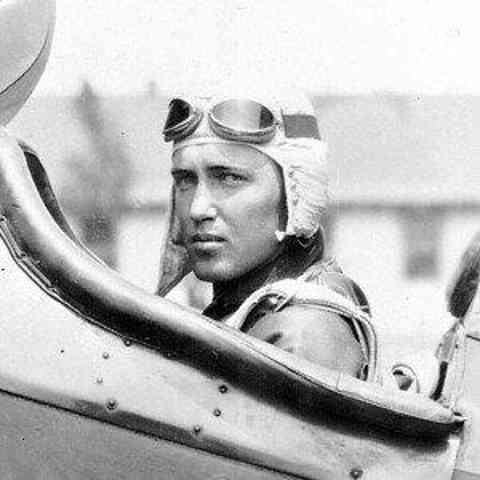
The Luftwaffe commander, Herman Göring, sent U.S. Major General Arnold a letter of regret for the death a couple of days after the incident.
The highest ranking U.S. service member killed in action was Lt. General Lesley McNair. He died during a bombing raid by the U.S. Army Air Corps on July 25, 1944, while observing the effect of using bombers to smash a way through the German defenses.
The Youngest
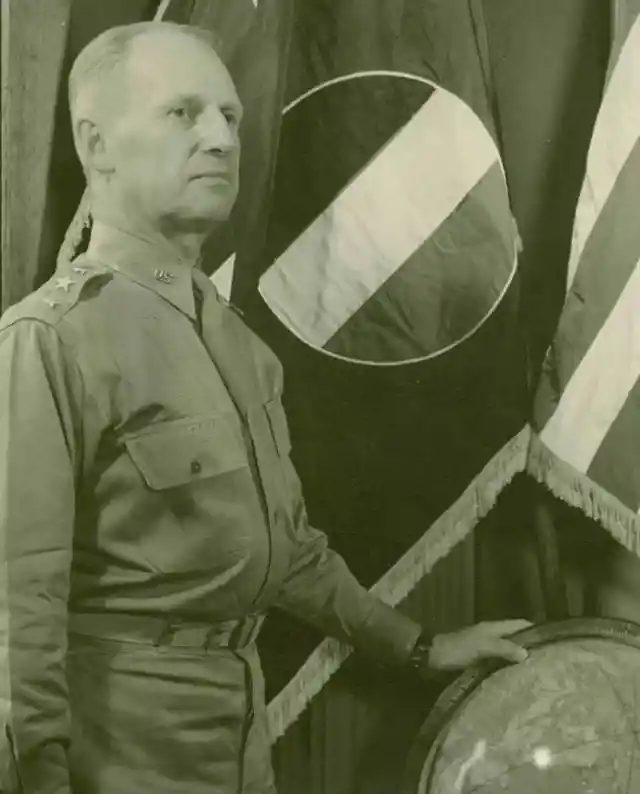
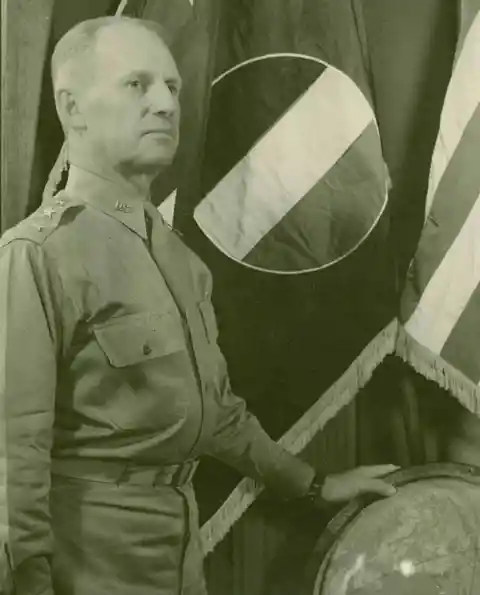
Against advice, he had moved close to the front lines when 77 bombers dropped their bombs short, one bomb landed right on top of his foxhole, and he was killed immediately. He was not the only one killed by friendly fire that day; another 110 U.S. Soldiers were killed by bombs that day. McNair is buried at the Normandy American Cemetery in France.
The youngest American service member to serve was 12-year old Calvin Graham. He was in the Navy. Graham fought and was wounded in combat.
Name change
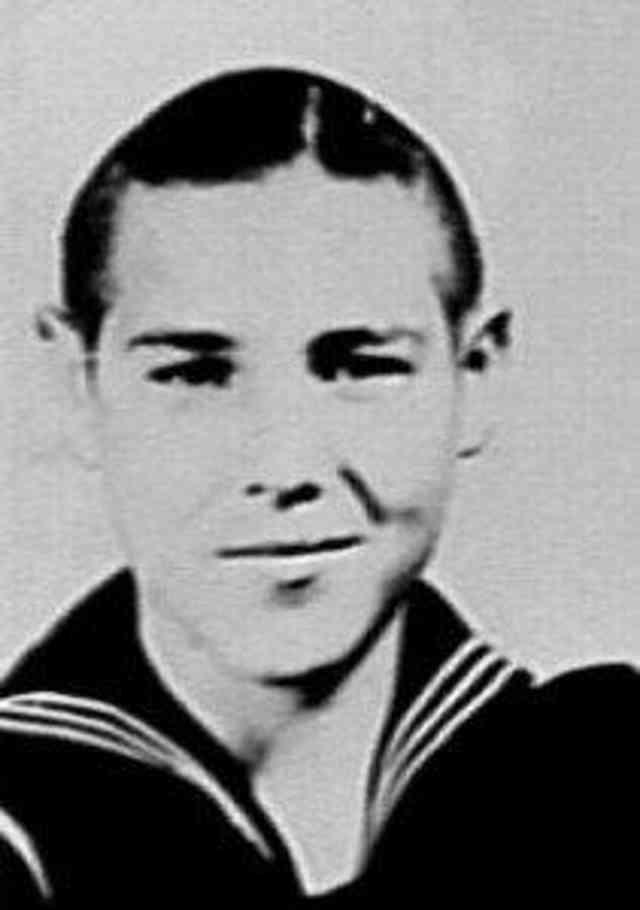
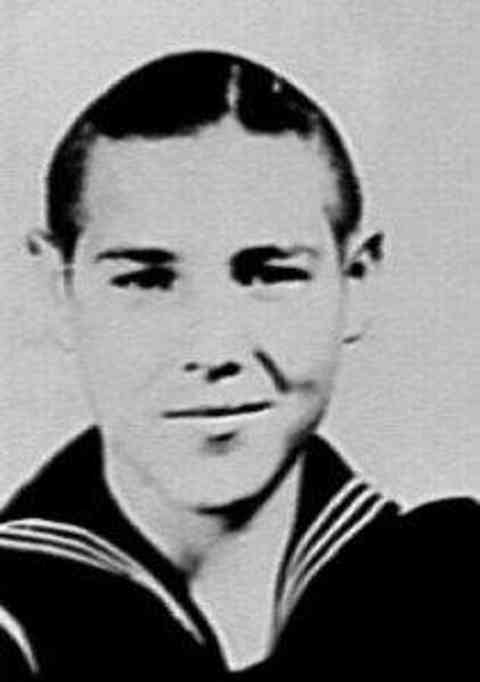
Unbelievably, he was later given a Dishonorable Discharge for lying about his age. Years later he would see his benefits restored by act of Congress.
At the time the Japanese launched their attack on Pearl Harbor:
- The U.S. Navy command was called CINCUS (pronounced ‘sink us’).
- The 45th Infantry for the U.S.
Survival chances
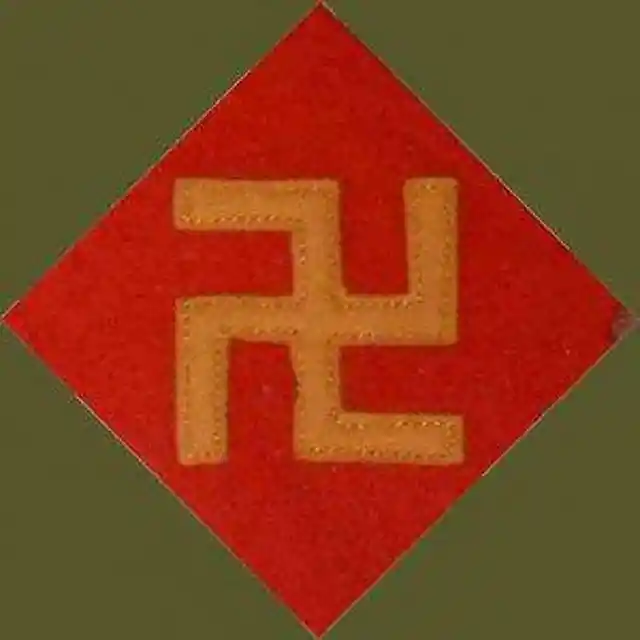
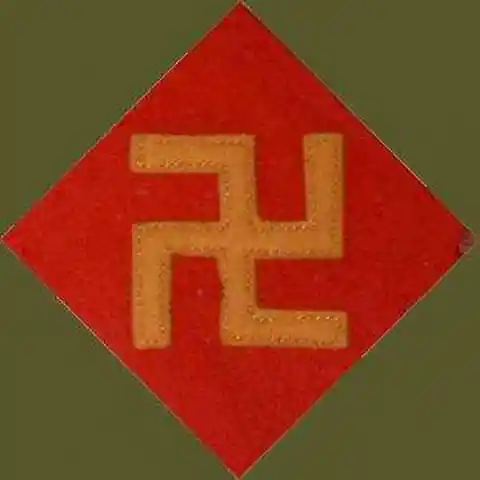
Army used the Swastika as their shoulder patch.
- Hitler’s private train was named “Amerika.”
All three were changed shortly after that for PR purposes.
More U.S. service members died in the Air Corps than the Marine Corps. Air Corps members were required to complete 30 missions and had a 71% of being killed. Despite the high likelihood of death, B-17 bombers were far from helpless.
Tracers
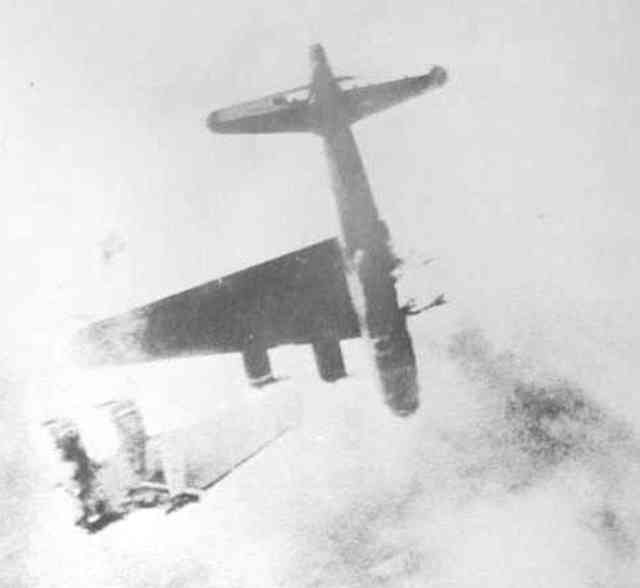
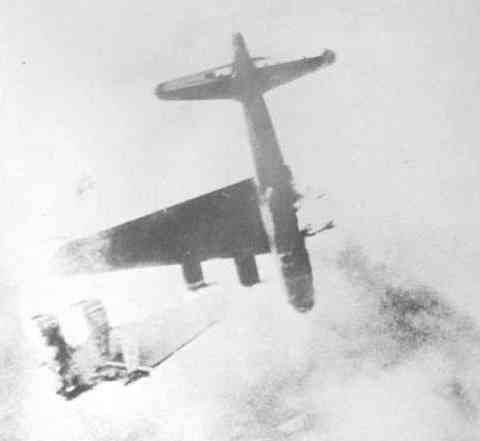
They carried 4 tons of bombs and 1.5 tons of machine gun ammo. Throughout the war the U.S. 8th Air Force shot down 6,098 planes – 1 for every 12,700 shots fired.
During the war, it was a common practice on fighter planes to load a tracer with every 5th round to assist with aiming. This was a very costly mistake. Tracers have different ballistics. For every tracer that hit a target, 80% of regular rounds were missing.
Bombs
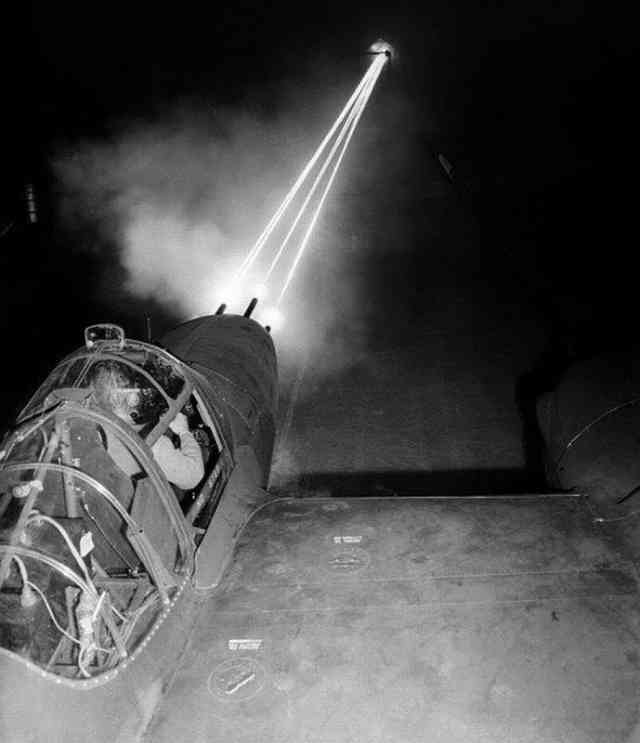
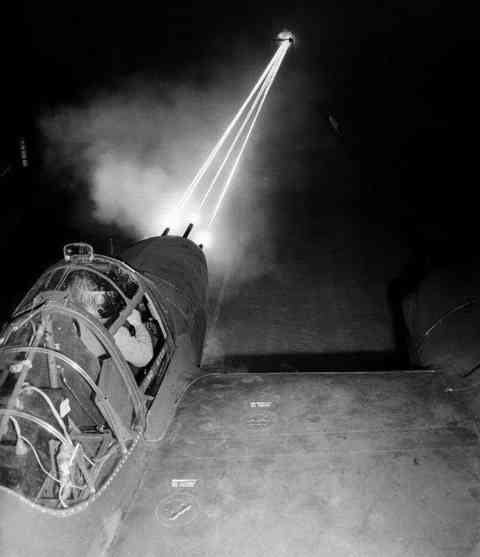
Most alarmingly, the tracers instantly tipped off an enemy that they were under attack and from where. In addition to fighter planes, soldiers loaded a string of tracers at the end of their belts to warn themselves they were out of ammo. Eventually, units learned of their folly, those that discontinued using tracers saw their success rate double and losses go down.
Allied bombers dropped 3.4 million tons of bombs between 1939 and 1945.
Coca-Cola
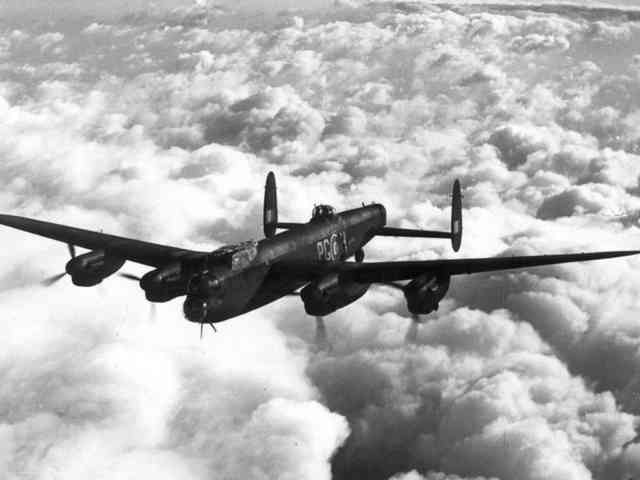
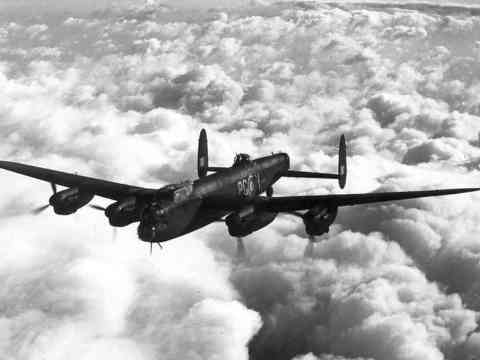
That is an average of 27,700 tons of bombs each month.
The U.S. Army deployed in style.
German Generals
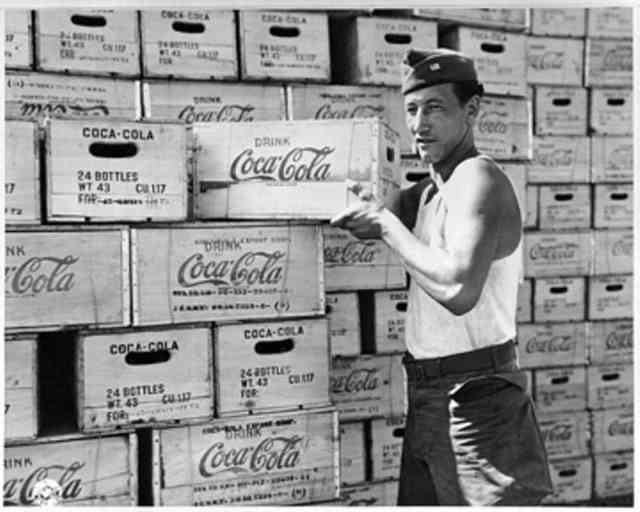
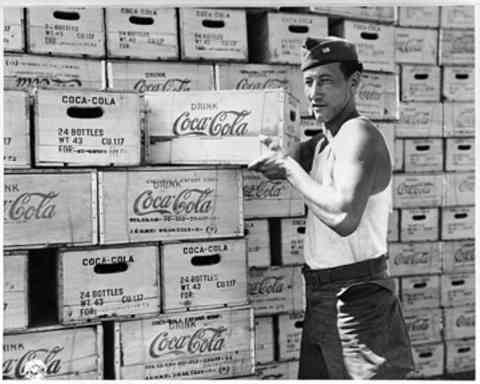
Upon landing in North Africa they set-up 3 Coca-Cola bottling plants.
Hitler lost 136 of his generals during the war, averaging 1 every 2 weeks.
German-Koreans
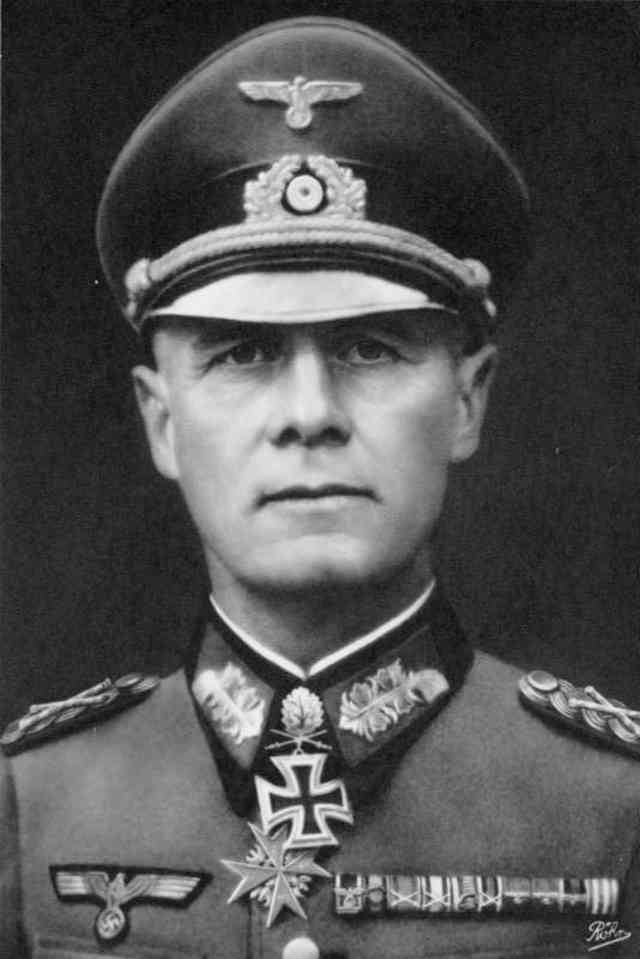
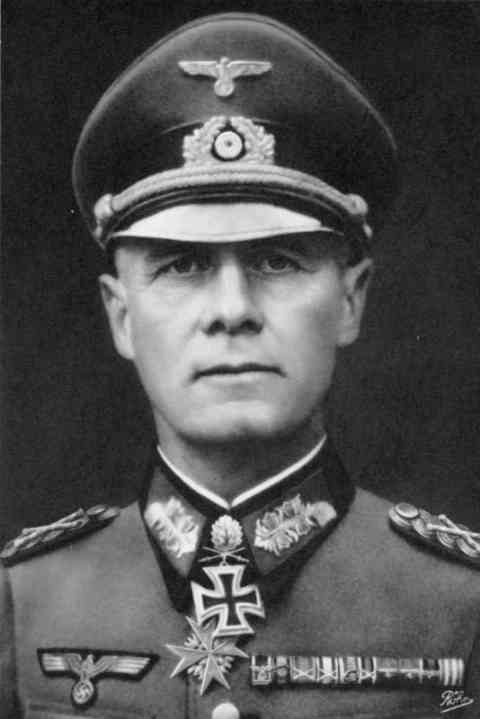
On top of that Hitler executed eighty-four of his generals, mainly for involvement in plots against him.
When they took Normandy, the first “German” soldiers captured by the Allies were actually Koreans! These poor soldiers were originally captured by the Japanese Imperial Army and forced to fight for Japan.
Graf Spee
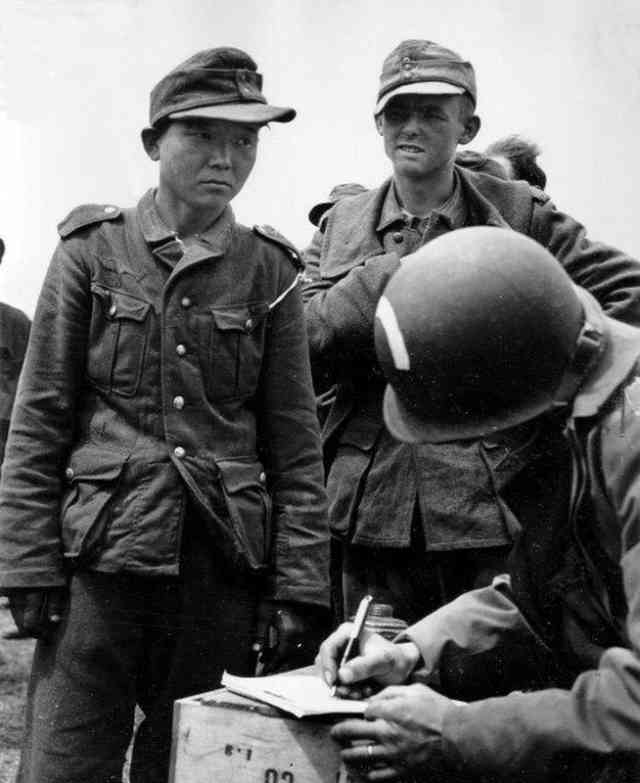
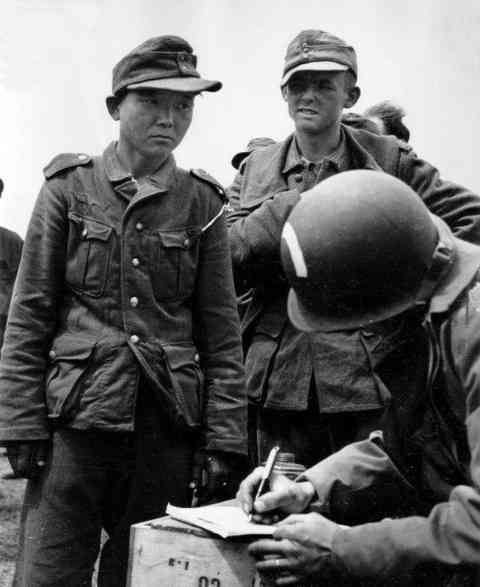
When they were captured by the Russian army they were conscripted them to fight on their behalf. They were later captured by the Germans and forced to fight for them as well until they were captured and freed by the Americans.
The infamous German pocket-battleship Graf Spee never did sink.
Kiska Invasion
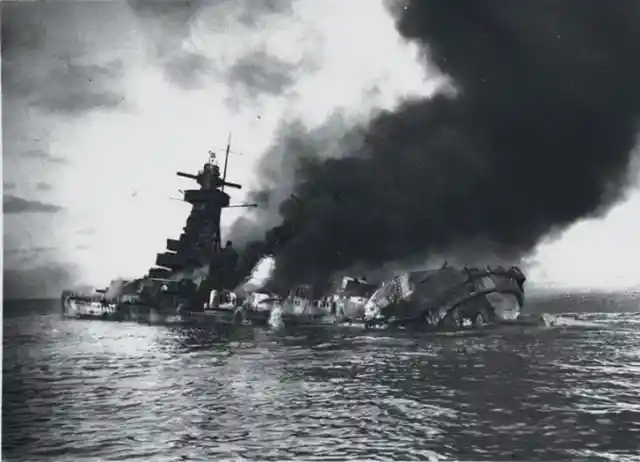
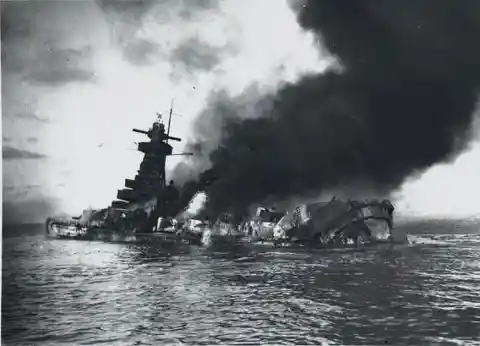
It was tricked into scuttling by British intelligence services which convinced the captain that a vastly superior fleet was assembling.
After an initial massive naval bombardment, 35,000 American and Canadian troops stormed the shores of Kiska. Only 21 troops were killed in the firefight.
Miss Me
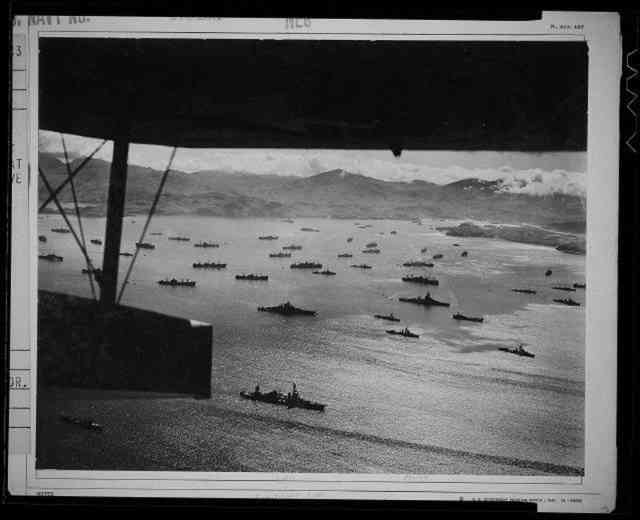
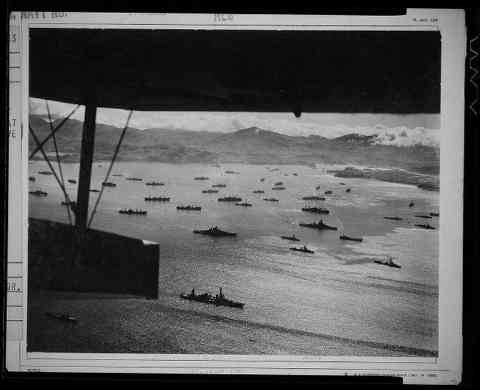
Casualties would have been heavier had there been Japanese on the island, they had successfully evacuated the island a few weeks before the invasion.
Miss Me” was an unarmed Piper Cub. While on a spotting mission for the U.S. artillery her pilot noticed a German plane on a similar mission. MISS ME dived on the German plane.
Stalingrad
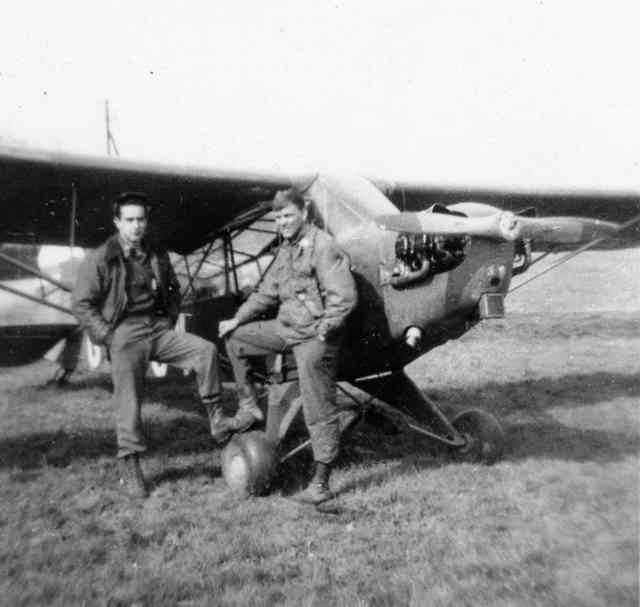
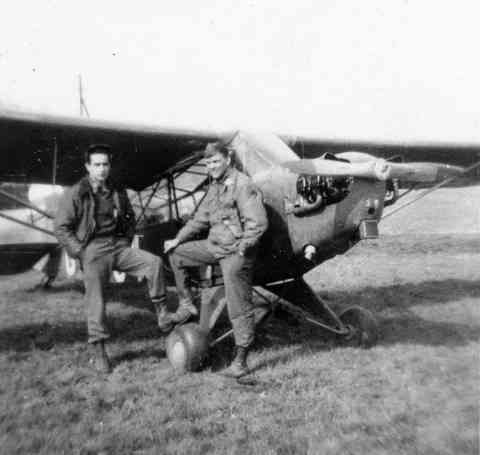
The pilot and co-pilot opened fire on the German plane with their service pistols damaging it enough to force a landing. They quickly followed up landing and capturing the German pilots as prisoners. Where exactly they put the Germans remains a mystery as the MISS ME only had two seats.
More Russians, both soldiers, and civilians, perished during the Battle of Stalingrad (1942-1943) than all British and US soldiers combined over the course of the entire war.
Longest Battle
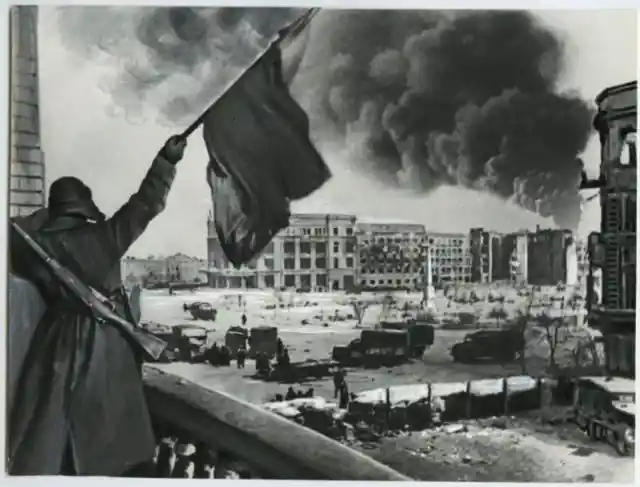
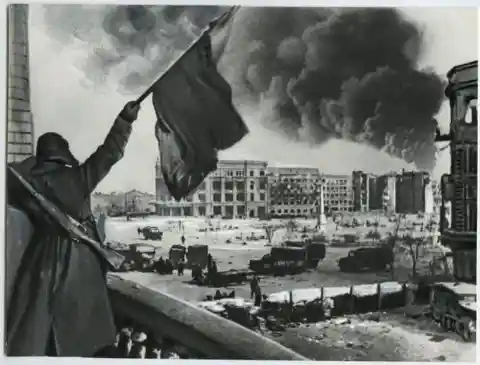
Of the 91.000 German soldiers taken prisoner after the battle of Stalingrad, only 5.000 survived the POW Camps.
The longest battle of World war II was the battle of the Atlantic, this lasted from 1939 until 1945. The Allies lost almost 75,000 seamen which were lost when 3,500 merchant vessels and 175 warships were sunk.
Waffen-SS
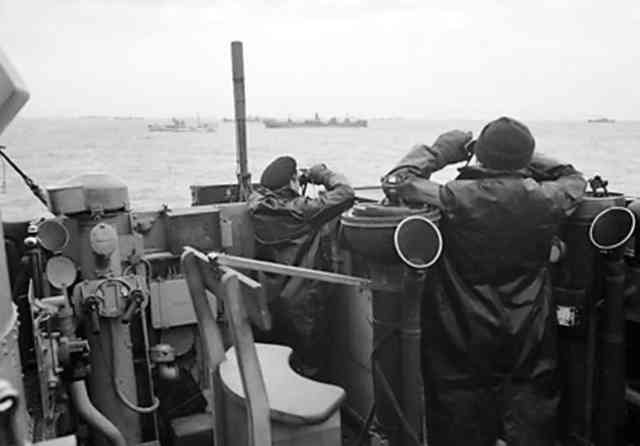
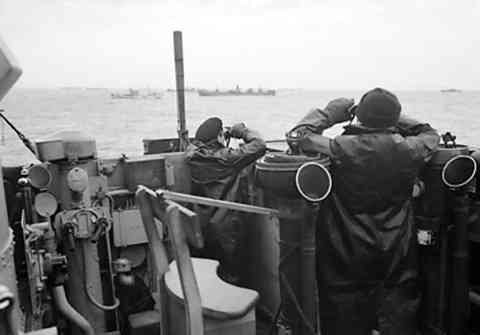
The Germans lost over 30,000 sailors who went down in the 738 U-Boats that were sunk.
Most Waffen-SS members were not German. It is thought that around 500,000 foreigners served in the Waffen-SS numbered “some 500,000”.
Medal of Honor
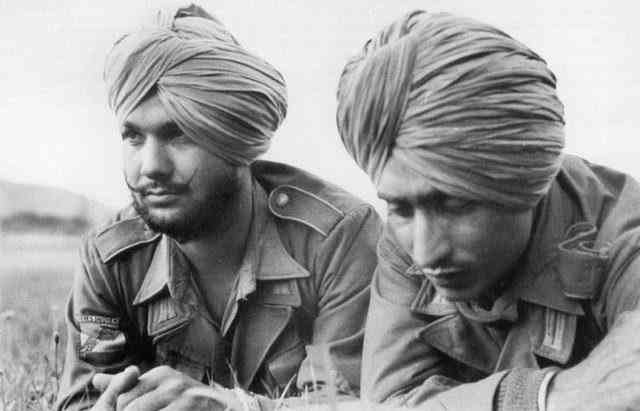
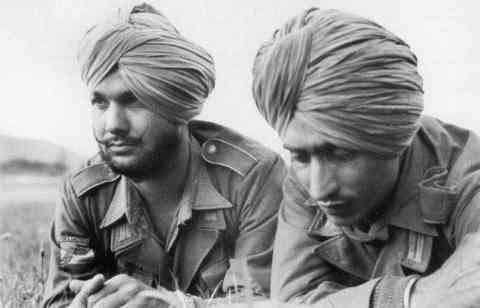
Not were volunteers, there were those that were pressured into service or conscripted.
The US Medal of Honor was awarded to 464 persons. Of these, 266 had died in service.
Casualties of war
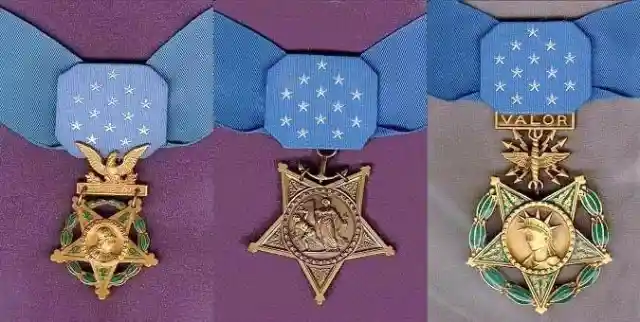
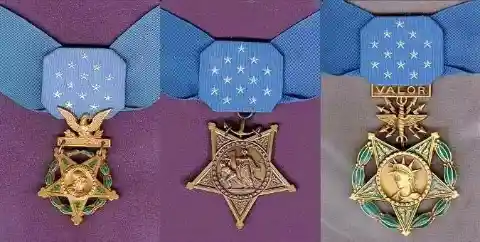
The Medals of Honor awarded by each of the three branches of the U.S. military, and are, from left to right, the Army, Coast Guard/Navy/Marine Corps and Air Force.
U-Boats
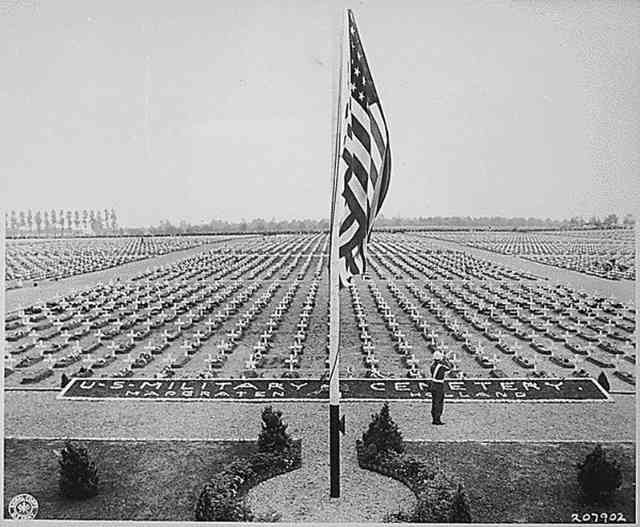
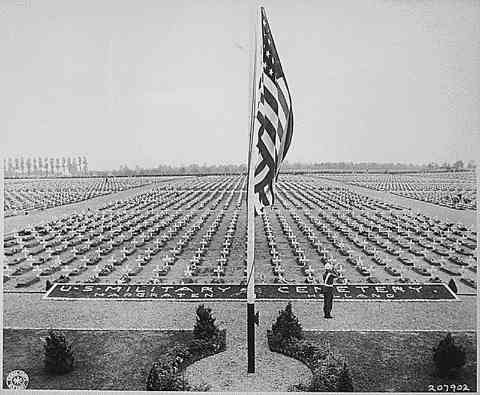
In the long campaign to free Western Europe, (June 6, 1944, to May 8, 1945) Britain, the USA and their allies lost 200,000 dead and 550,000 wounded.
Of the 40,000 men who served on U-boats only 10,000 survived.
Crosswords
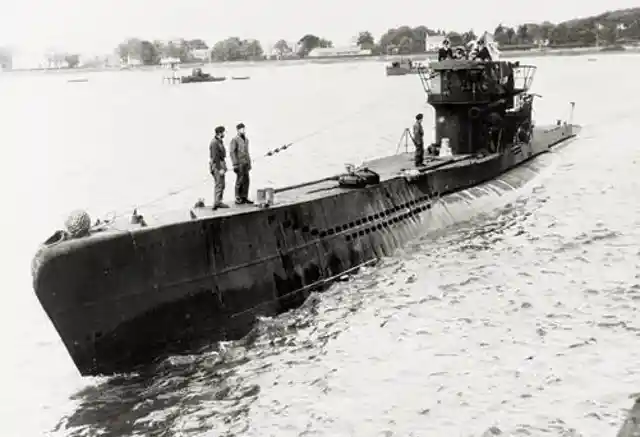
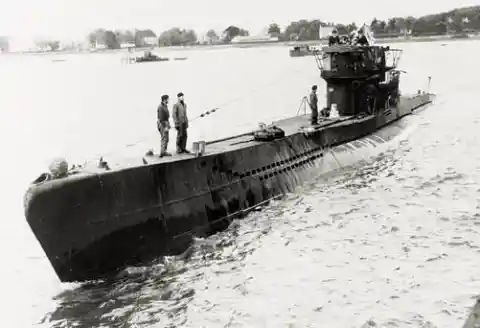
The U-boats were present in every ocean of the world and sunk ships as far away from Europe as the Arctic Ocean and the East Indies.
Leonard Dawe, a crossword compiler for the Telegraph, used a number of D-Day operation code-names as the answers in his puzzles:
- Utah and Omaha; the codenames for the beaches on which the U.S.
Soldier Bear
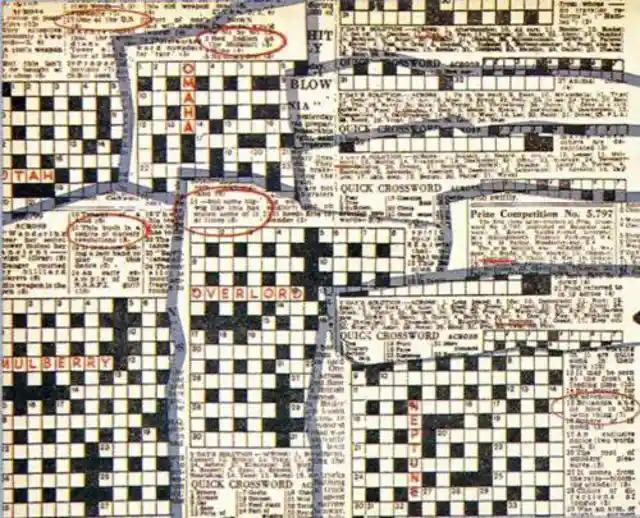
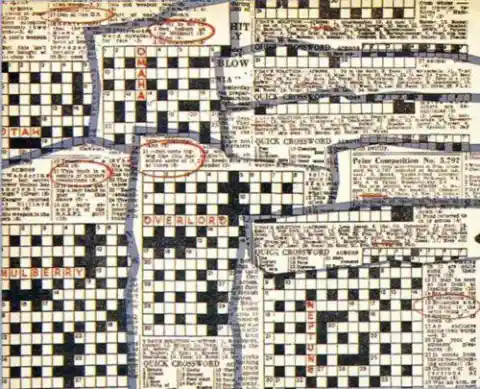
forces would land.
- Overlord and Neptune, the codenames of the entire operation.
- Mulberry, the codename of the artificial harbors
All of these appeared in the newspaper just a few months before the operation took place.
MI5 interrogated him – only to discover that it was a random coincidence
In 1942, the Polish Army trained a brown bear named Wojtek to move crates of ammunition, a task he performed in Italy.
Hitler’s Nephew
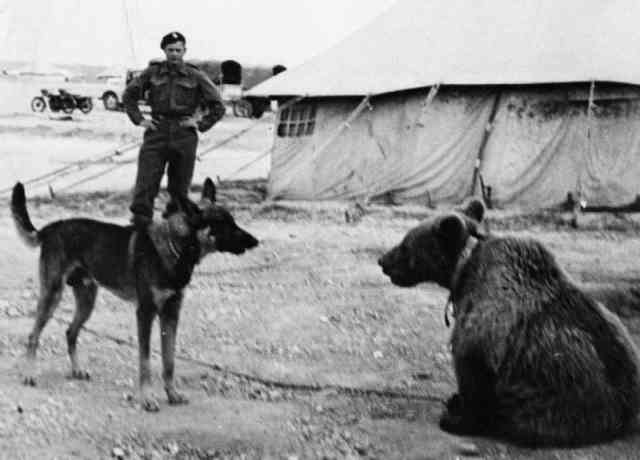
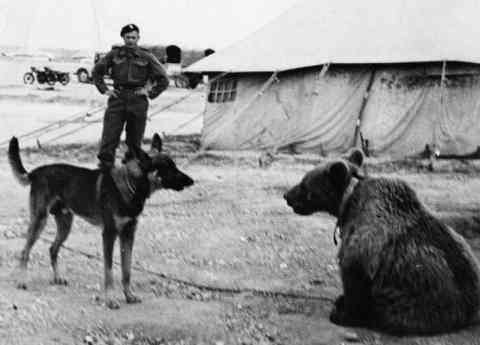
After the war, he lived at the Edinburgh Zoo, where he died in 1963.
William Hitler, a nephew of Adolf Hilter, served in the US Navy during World War II.
Carrots
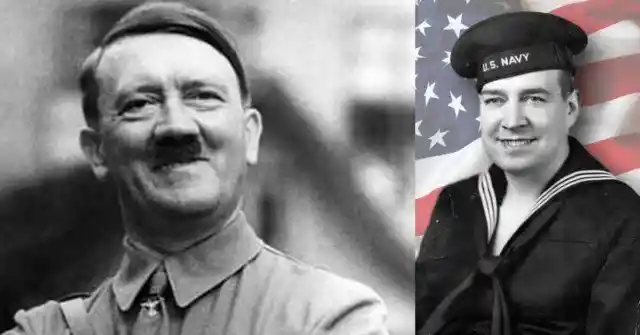
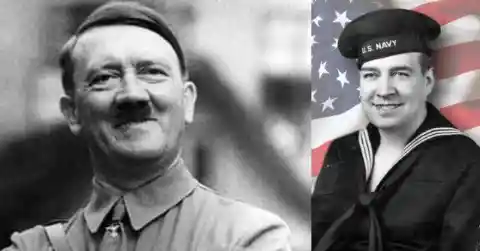
He only changed his last name after the war was over.
To prevent the Germans from finding out that the British had Airborne Interception Radar onboard fighter aircraft, the British started a rumor that their pilots had excellent night vision from eating lots of carrots.
Fanta
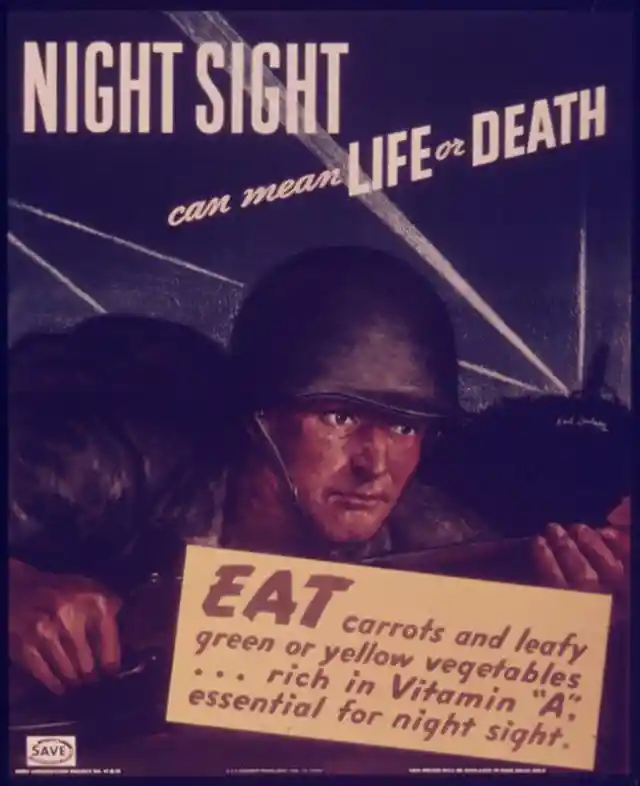
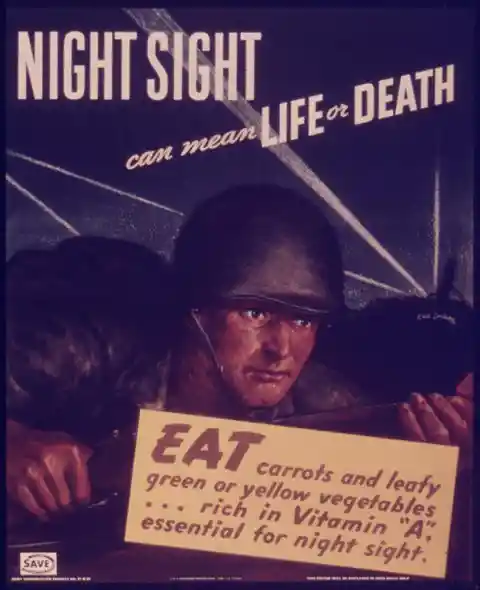
This rumor has continued to today as many people think carrots improve eyesight.
Fanta was invented in Nazi Germany when the war made it difficult import Coca-Cola syrup from the US.
John F. Kennedy
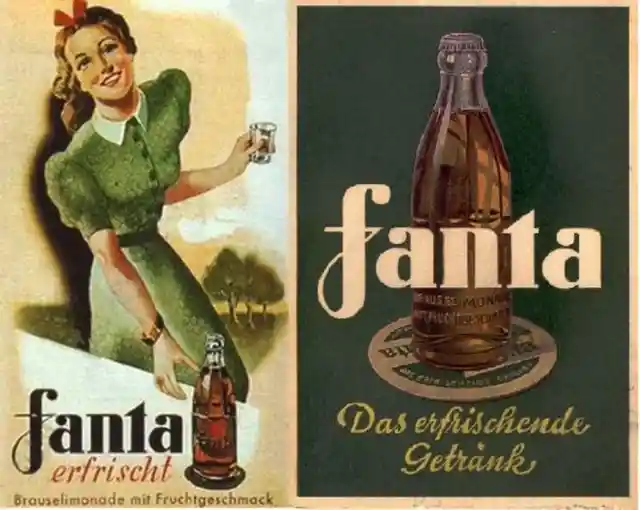
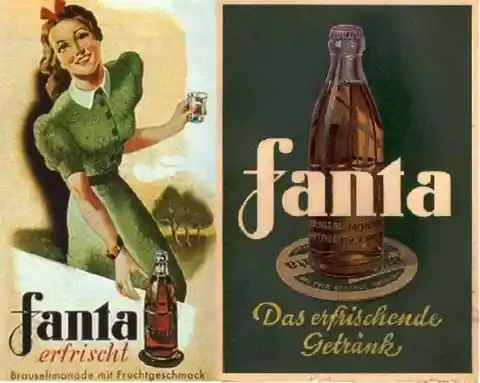
Nowadays the beverage is considered to be a staple of the Coca-Cola brand.
While serving as a commander of a motor torpedo boat, John F. Kennedy and his crew were hit by a Japanese destroyer and stranded in the Solomon Islands. Kennedy carved a message into a coconut shell and asked two natives to bring it to the nearest Allied base.
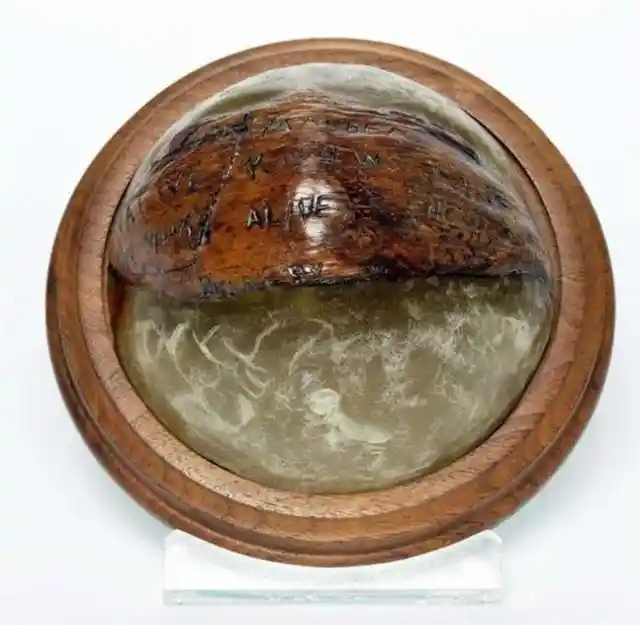

They succeeded, and Kennedy was rescued. The coconut shell was preserved as a paperweight on his desk in the Oval Office.